Fishers’ nets and loggers’ saws may directly impoverish local ecosystems, but most biological losses have root causes far away, in long-settled urban areas and farms where diversity is seldom a concern, but where steadily rising demand for food, water, wood and other resource-and the dispersal of resulting wastes-reach far beyond the settled areas themselves. In general, these peopled landscapes have lost much of their own biological wealth, but what remains is still important to their continued functioning and livability. Reconciling farms and cities with diversity will require stopping the damage they bring to remaining natural habitats, but also beginning to halt and reverse the homogenization of these unnatural habitats. Uniformity is not inherently undesirable. In fact, to some degree, homogeneity is the basis of all agriculture: a given type of plant is favoured and others are suppressed or eliminated. But trends in recent decades (most notably the green revolution and the parallel intensification of farming systems in industrial nations) have pushed uniformity to dangerous levels. The unsustainability of modern agriculture is in part a measure of its inability to tolerate diversity. Both genetic and ecological uniformity-the sameness of fields sown horizon to horizon without interruption-demand costly and often futile reliance on chemicals to protect crops from pests or diseases that are rapidly spreading and evolving. The drive to leave no hectare unplowed worsens soil erosion, pushing tractors onto highly erodible hillsides and removing windbreaks, hedgerows and other remnant habitats.
Fresh Water Fisheries
$27.00
$30.00

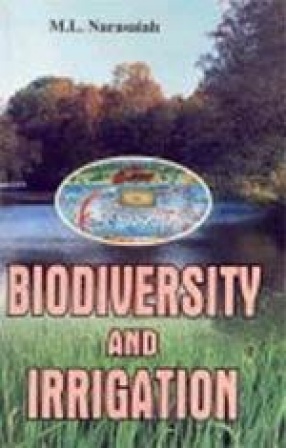
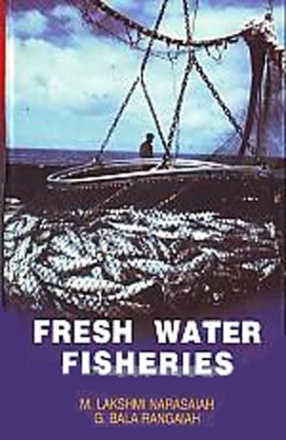
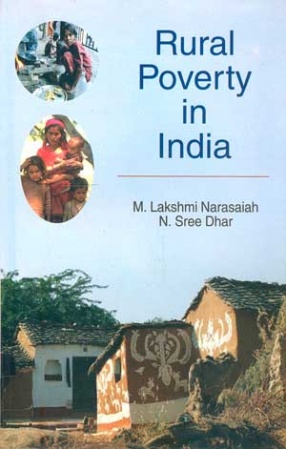
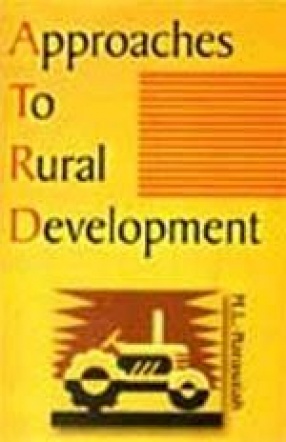
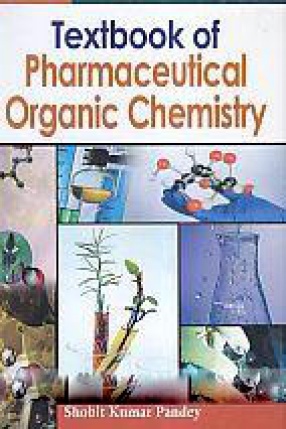
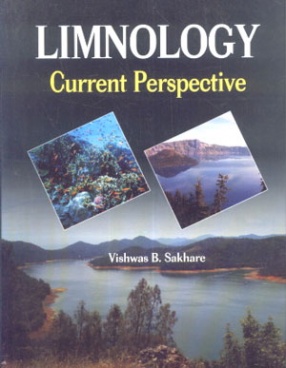
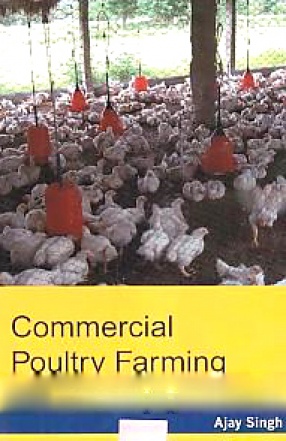
There are no reviews yet.